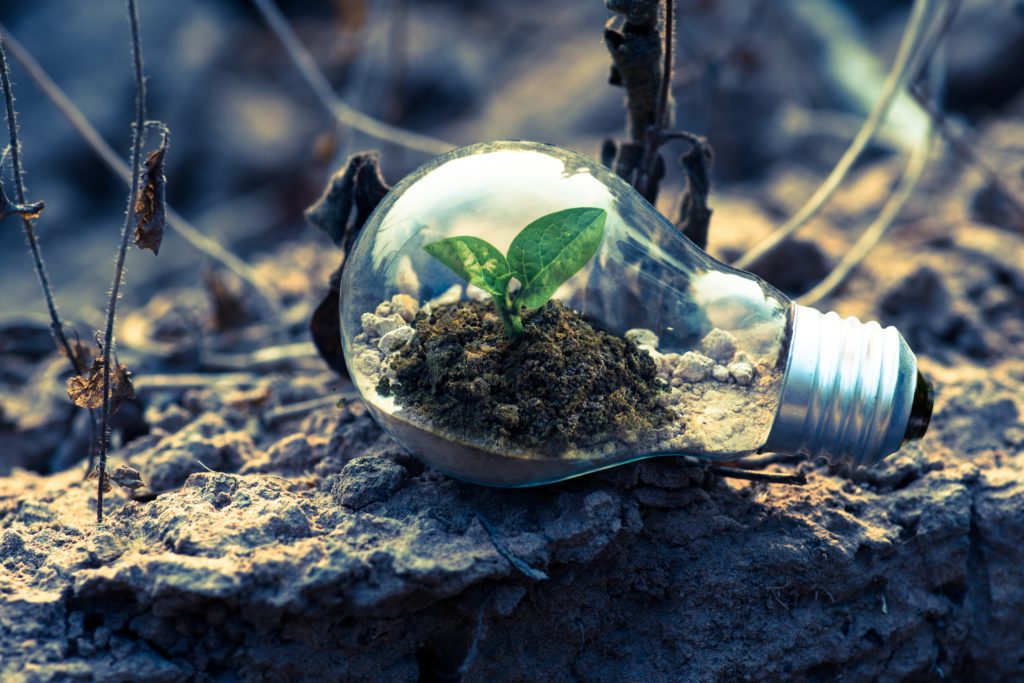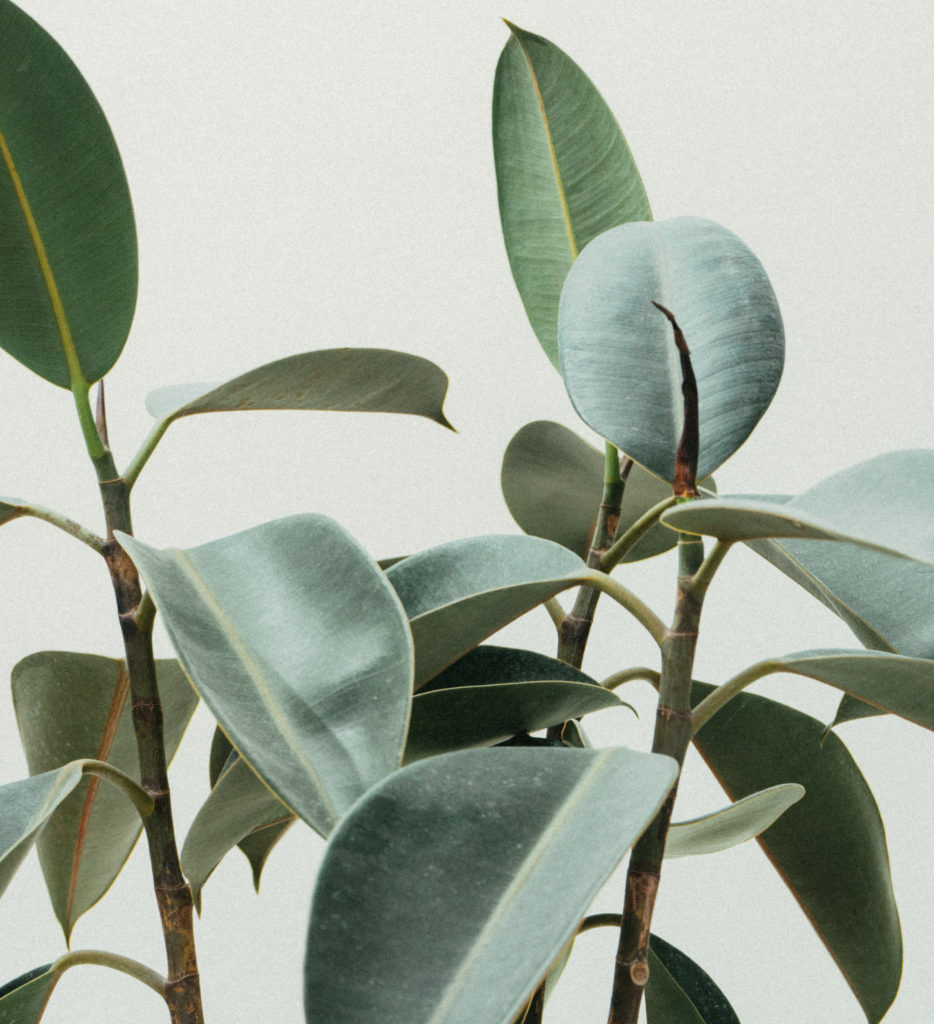One of the biggest waste products coming out of a cheese factory is water, which often contains high levels of milk solids and cleaning chemicals. Even benign substances can be too concentrated to be put directly back into the watershed, which is what overloaded septic systems often do. To solve this problem in an environmentally sound and beautiful way, Cedar Grove Cheese built its “Living Machine” greenhouse, to naturally clean the wastewater before it goes back to the earth.

The Living Machine
The Living Machine is designed to be a working ecosystem. It uses natural microbes and a collection of hydroponic plants. Washwater is biologically processed back into clean water that is discharged into Honey Creek.
The Cedar Grove Cheese washwater comes from cleaning milk trucks, tanks and cheese making equipment. This includes the pasteurizer, cheese vats, and cream separator. This water contains soaps and chlorinated, acidic and caustic cleaners, and some cheese particles, milk, and whey.

The washwater is collected and mixed in an underground 6,000-gallon equalization tank outside the factory. The Living Machine handles an average of 7,000 gallons of washwater per day.
It takes 3 to 4 days for water to travel through this system. Each tank extends four feet below gravel level, and holds approximately 2,600 gallons. Tanks are connected by 4 inch pipes a foot beneath the gravel. Water flows through the plant by gravity.
The water first flows through closed aerobic tanks, where bacteria and other tiny organisms begin to break down the residues and particles. The next tanks add wetland plants, whose roots trail in the water and provide a new ecosystem for more diverse microbial populations. The plants also use the nutrients in the water to grow. After this process, the solids are allowed to settle. Much of this residue is used to fertilize fields. The remaining clear water is run through filters several more times before flowing into nearby Honey Creek.
The Living Machine uses a natural process in washwater treatment. It is able to remove 99% of the biological oxygen demand, 98% of the suspended solids, 93% of total nitrogen and 57% of phosphorus.
Tours
We offer tours of the Living Machine as well as our factory. We are more than happy to show you the process in detail and give you more information. See the Come and Visit Us page for more information.

